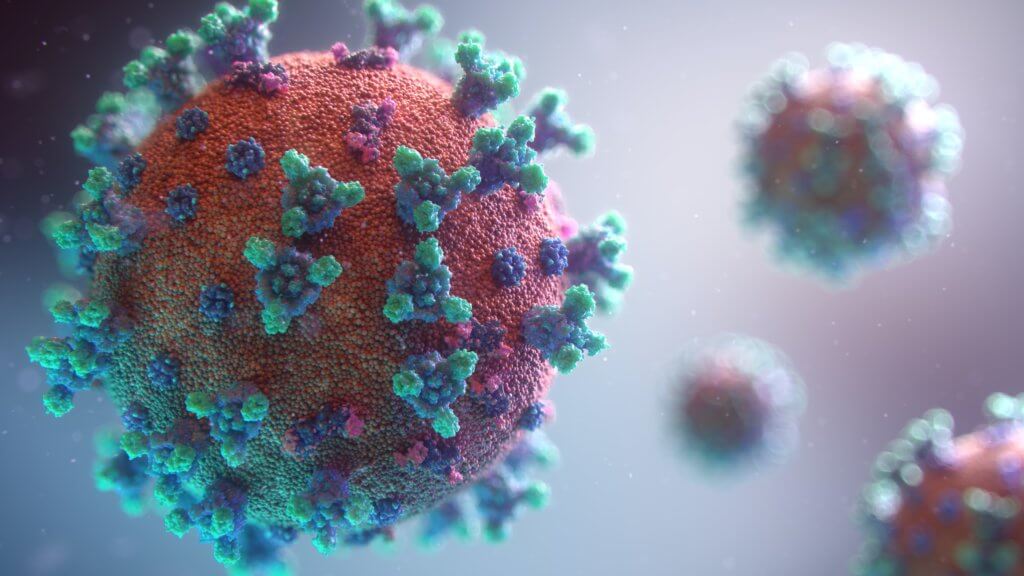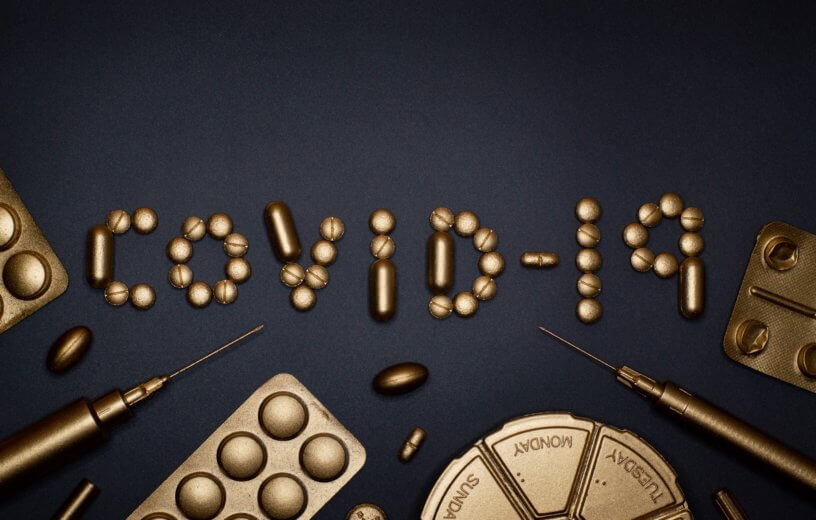PERTH, Australia — A new treatment for COVID-19 could literally be a “golden ticket” to ending the pandemic. Researchers in Australia say the spike proteins of SARS-CoV-2, the virus causing COVID, stick to elements like gold, silicon, and copper. Once trapped, their research finds the coronavirus is electrically detectable and vulnerable to electrical pulses.
Spike proteins allow coronaviruses to invade nearby cells and cause infections. However, when these proteins touch these three valuable substances, it causes a reaction that forms a strong chemical bond. The bond attaches the spike protein to their surfaces, making it difficult to remove. Researchers say electrical fields can then destroy the spike proteins and eventually kill the virus after it loses its infectious power.
Essam Dief, a researcher at Curtin University and study co-author, says the electrical pulses work to change the spike protein’s structure. At certain intensities, the pulses can also destroy the protein and deactivate the virus.
“We believe these materials can be used to capture coronaviruses by being used in air filters, as a coating for benches, tables and walls or in the fabric of wipe cloths and face masks,” says Nadim Darwish, a researcher at the School of Molecular and Life Sciences at Curtin University, in a media release. “By capturing coronaviruses in these ways we would be preventing them from reaching and infecting more people.”

This could also create a new ‘gold standard’ for testing
The findings could also work towards refining COVID testing. Darwish proposes creating a solution for a mouth or nose swab and testing it in a tiny electronic device to detect the viral spike protein. This would, in theory, create more sensitive and accurate COVID testing results.
“So, by incorporating materials such as copper or silicon in air filters, we can potentially capture and consequently stop the spread of the virus. Also importantly, by incorporating electric fields through air filters for example, we also expect this to deactivate the virus,” says Dief. “The study is exciting both fundamentally as it enables a better understanding of coronaviruses and from an applied perspective in helping to develop tools to fight the transmission of current and future coronaviruses.”
The study is published in the journal Chemical Science.

